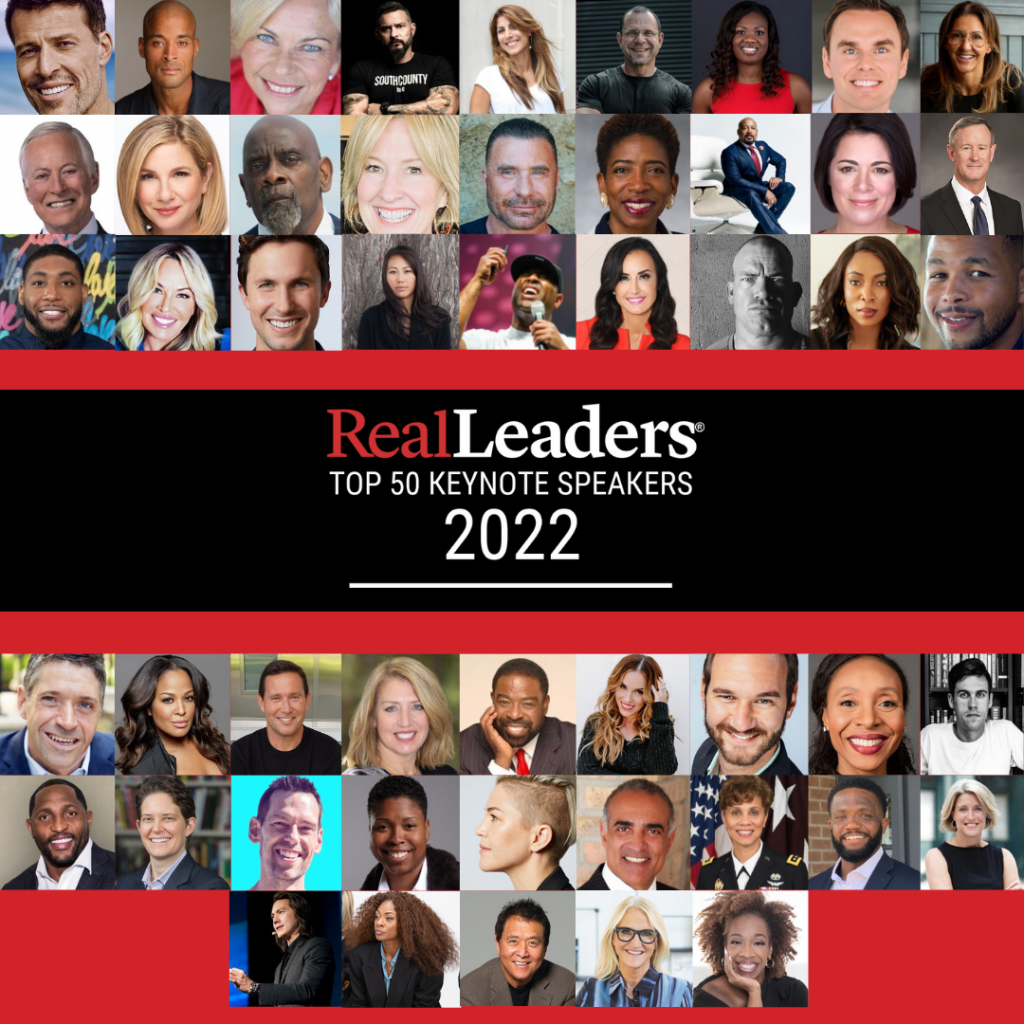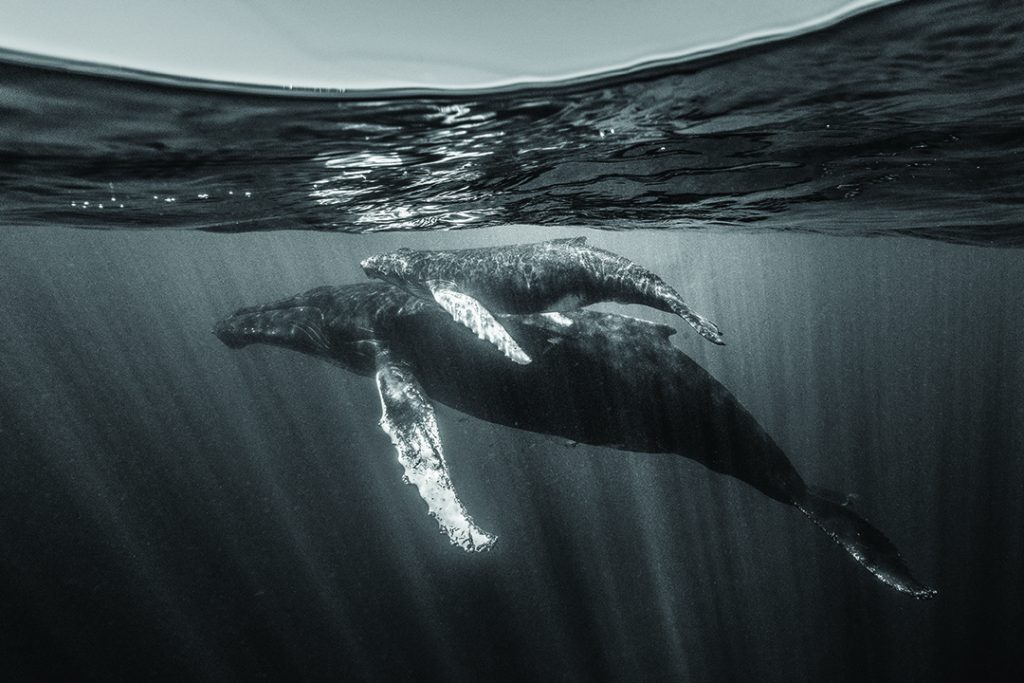Why the ‘S’ in ESG Matters

Corporate and government leaders are driving a meaningful shift to social impact.
One big idea is shaping the outlook for purpose-driven leaders today. Thanks to a global business focus on environmental, social, and governance (ESG) since the COVID pandemic, this sentiment is getting a long-overdue shot in the arm. ESG needs little introduction, except to note that global leaders are now looking beyond a near-exclusive focus on the environment.
It’s an important moment in time. Corporates, governments, and social sector leaders are recognizing that issues like modern slavery, diversity, inclusion, and equality are not just moral imperatives, but also economic ones. Healthy markets and economies are only possible when communities thrive. It’s creating a growing awareness among corporate and government leaders, who are driving a meaningful shift to the “S” in ESG.
Social impact has been on the radar for years, but the needle has shifted. Set against the backdrop of economic, geopolitical, and environmental uncertainty, leaders can no longer ignore the fact that social wellbeing is everyone’s problem.
The big lesson from the past few years is that investors, consultants, and C-suite leaders are increasingly more confident in measuring environmental impact, or the “E” in ESG. The “social” part of this story is where strong leadership is required because the “S” in ESG has always been tricky.
It’s no secret that measuring social impact is difficult. Every social program ever devised by charities, foundations, and governments is completely different. What’s a common way of measuring social return on investment (SROI) when there are infinite variables?
In the U.S. and Europe, industry groups have been developing social impact assessment (SIA) and cultural impact methodologies since the 1970s when the Environmental Impact Assessment was first legislated in the U.S. Here in Australia, the Social Impact Measurement Network Australia (SIMNA) was established in 2011 to focus on the issue.
So, what’s different in 2023?
How are we advancing the conversation? In short, investors are more vocal in their calls for standardized, comparable social impact measurement data. The moneymakers have joined the chorus, and that means social impact measurement is finally on the march from nice-to-have to must-have in board rooms across the world. For example, these groups are taking action on the “S” in ESG:
The Global Impact Investing Network (GIIN) and a coalition of impact investors called ImPact have developed the Impact Reporting and Investment Standards (IRIS). Think of it as a standardized framework for measuring and reporting the social and environmental impact of impact investments.
The Sustainability Accounting Standards Board (SASB) has developed industry-specific sustainability accounting standards for publicly listed companies in the U.S., providing a framework for measuring and reporting on ESG performance.
The United Nations-supported Principles for Responsible Investment (PRI) has developed performance metrics and disclosure guidelines for reporting ESG performance.
Investors such as BlackRock, Allianz, AXA Investment Managers, Nordea Asset Management, UBS Asset Management, and Aberdeen Standard Investments have called for companies to provide consistent, comparable, and transparent data on their environmental, social, and governance performance.
Three steps for leading a team to develop social impact strategies
- Get smart and learn about the “S” in ESG. What positive, longterm difference is your organization making in the community?
- Understand the underlying issues before developing a social impact framework. Discrimination, inequality, and injustice are complex problems that demand the right combination of empathy and action.
- Research how your organization can realize greater impact through existing resources and strategic partnerships.
Social Value International and GRI (Global Reporting Initiative) are sharing sustainability and social impact measurement guidelines for companies worldwide.
Social impact measurement and SROI is entering a new phase of maturing as investors sharpen their focus. If social programs and services can be more easily assessed and compared, it will be easier to include ESG and social impact issues such as modern slavery and DEI in overall investment decision-making.
Sounds great, right? But we still have a long way to go. Some of the greatest inhibitors of positive, long-term change in society are poorly coordinated resources and a lack of shared vision between key stakeholders such as community groups, purpose-driven organizations, politicians, and governments.
CEOs, boards, and communities have not caught up with industry thinking and best practices. There’s little distinction between reporting an output such as money spent and more meaningful outcomes like social cohesion or longterm changes in community health. It’s a subtle, but significant problem. Happily, it’s also solvable.
It’s an exciting, hope-filled time for those passionate about making a difference, despite our differences. The current challenge for leaders is managing the expectations of the team, and critically, the demands of investors and financial stakeholders. Are you ready?
Mark Jones is CEO at ImpactInstitute, an impact advisory, events, and integrated storytelling firm for purpose-driven brands.
Subscribe today and gain a strategic advantage from the emerging trends and best leadership practices found within Real Leaders magazine.




Responses